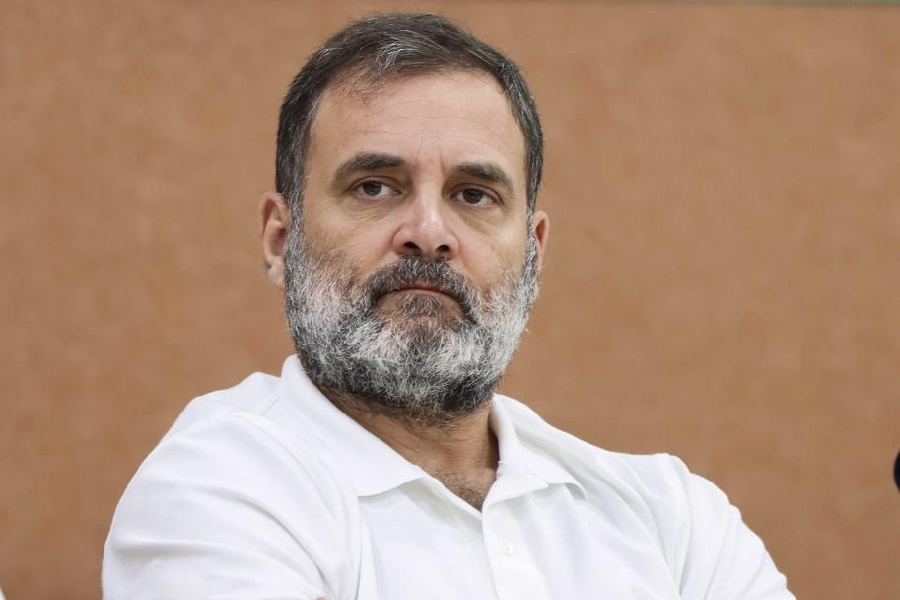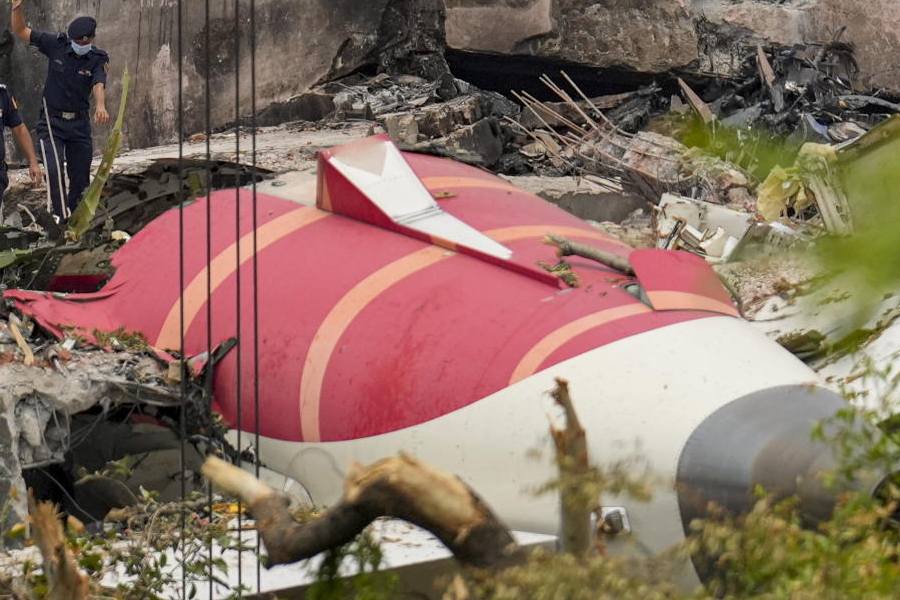
Bhubaneswar, Jan. 11: Roads here have increasingly become unsafe for motorists with annual statistics of police commissionerate showing a 6 per cent rise in the number of deaths due to road mishaps between 2015 and 2016.
Police figures reveal that 186 people died in 598 road mishaps in 2016, while in the previous year 175 persons lost their lives in 600 accidents.
The police said 92 people were killed on city roads, while the other deaths happened on NH-16 and the NH-203 that run through Bhubaneswar.
Police commissioner Y.B. Khurania said most of the road mishaps in the city took place at traffic intersections.
"Most of the mishaps involved motorcycles, and the victims were youths. Our aim is to create awareness among students regarding various aspects of road safety," said Khurania. He also admitted road engineering was at fault at various traffic intersections in the city.
"This year, a road safety audit of internal roads in the city will be conducted to identify problems leading to road mishaps. Accordingly, all departments concerned will take initiative to rectify the problems," he said.
The faults in road engineering include inadequate signage and lack of reflection of the existing signage, causing problems to motorists while driving in the night. Besides, road markings are not proper and at most traffic intersections zebra crossings are hardly visible to pedestrians.
In June last year, the Institute of Road Traffic Education, a Delhi-based organisation, had conducted a road safety audit between the stretch connecting Pitapalli in Bhubaneswar and OMP Square in Cuttack and found faulty road engineering behind road mishaps on the 45km stretch on the National Highway No. 16.
On the other hand, residents blame cops for not taking action against motorists driving beyond the speed limits within the city.
"One can often find youths, especially students, driving recklessly in the city posing threat to others. Cops carry out drives against over-speeding on national highways passing through the city, but it's never conducted elsewhere in the city," said Patia resident Chintamani Behura.
According to the Odisha Urban Police Act, the maximum speed limit for vehicles in the city is 50km per hour.
At present, major traffic posts in the city have manual operating system of traffic signals manned by personnel.
"In the absence of automatic signalling system, commuters often dare to jump signals. The traffic enforcement seems to be restricted to helmet checking and triple riding," said another resident.
The police said the automatic traffic signalling system was likely to be put in place by October. "Sixty-three traffic intersections will be modernised and integrated with a control room, which will also regulate the traffic to create a special corridor for ambulance service," the police commissioner said.
Despite frequent drives, traffic violations such as driving without helmet and seat belt continue to be rampant in the city. The police said 30 per cent of traffic violations was related to the violation of helmet rule.
Regional transport officer (Bhubaneswar II) S.K. Behera said mandatory use of helmets by two-wheeler riders alone could reduce deaths due to accidents by 20 to 30 per cent. "The risk of death is nearly two times more for riders without helmets. There are instances in which commuters have suffered serous head injuries for driving without helmet while at low speed of 10-20km per hour," Behera said.











